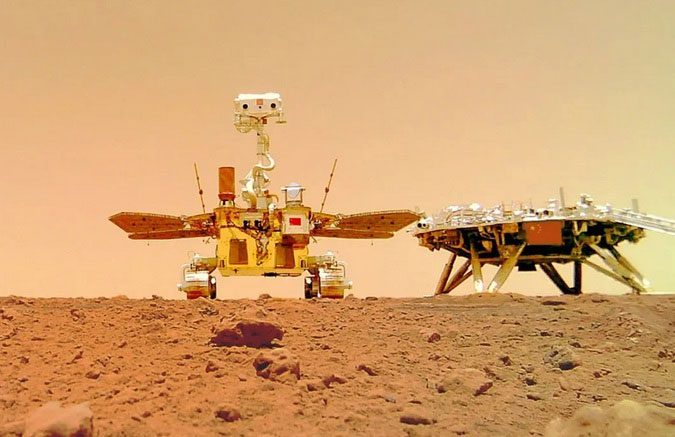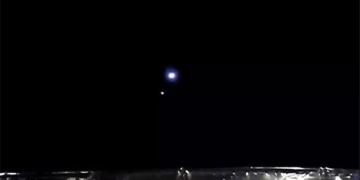China and Japan have addressed the mystery surrounding the loss of communication with their space devices.
Japanese space exploration company Ispace launched a Hakuto-R lander in December 2022, taking a longer, more energy-efficient route to the Moon, reaching its orbit in March. Ispace is set to become the first private company to successfully complete a lunar landing if everything goes according to plan.

Ispace CEO Takeshi Hakamada at a press conference introducing Hakuto-R in Tokyo in 2018. (Photo: AFP).
However, the company lost contact with Hakuto-R. Analysis indicates that Hakuto-R remains in space instead of being on the lunar surface as planned. An investigation has revealed that the spacecraft appears to have misjudged its altitude.
The founder and CEO of Ispace, Mr. Takeshi Hakamada, stated: “It is highly likely that the lander made a hard landing on the lunar surface.”
The New York Times reported that Ispace clarified the situation shortly after engineers observed that the remaining fuel in the Hakuto-R lander might have been “at a lower threshold, and shortly after that, the descent speed increased rapidly.”
Nevertheless, Mr. Hakamada expressed that he is “very, very proud” of the results and “not disappointed” as the company can apply “lessons learned” from this setback to improve their chances of success in the next two missions.
Only three countries have successfully landed spacecraft on the Moon: Russia, the United States, and China.

Image of the Zhurong rover on the surface of Mars in 2021. (Photo: CNN).
In another development, China this week addressed the situation of the “missing” Zhurong rover on Mars, which has lost communication since May 2022.
The chief designer of China’s Mars exploration program, Mr. Zhang Rongqiao, shared with China Central Television (CCTV) on April 25 that: “We have not been able to contact the spacecraft since it entered hibernation. We monitor this device daily and believe it has not powered on because the sunlight has not reached the minimum threshold to generate energy.”
Dust may have affected the solar charging capability of Zhurong, thus preventing the rover from waking up after entering hibernation.
A NASA spacecraft has located Zhurong and confirmed that the rover has not moved at least since September 2022.
Mr. Zhang Rongqiao noted that the Zhurong rover explored the surface of Mars for 358 days and traveled 1,921 meters.





















































